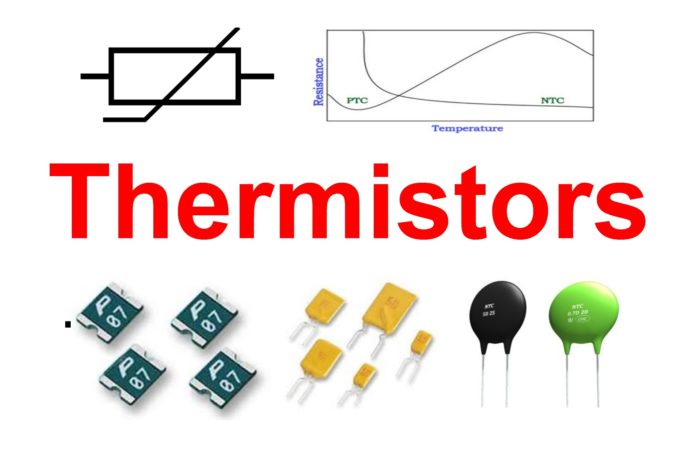A thermistor is a semiconductor temperature sensing module, its value of the resistance is larger than the conductive substances and less than the insulators. The materials used for the construction of the thermistor defined the value of resistance and temperature of the thermistor. The producers of the thermistor make accurate relationship among temperature and their resistance because it is a very important factor for the users of the thermistor.
Oxides of the metals are used for the creation of the thermistors. During their manufacturing, the ratio of the resistance and temperature is defined accurately because it is an important factor that defines the function of the thermistor. In today’s post, we will have a look at working, manufacturing, and other different related parameters.
A thermistor is a resistor whose value of the resistance alters with the change of the temperature.
- In this thermistor, the increment in the value temperature also increases the resistance and decrement in temperature will decrease the resistance.
- As NTC (Negative Temperature Coefficient) thermistors are commonly used but PTC is used for special circuitry like to provide protection. It also works as the replacement of the fuses.
- The operating temperature range for this thermistor is among the sixty Celsius and one twenty-degree Celsius.
- In special-cases its operating temperature can be zero to two hundred Celsius.































